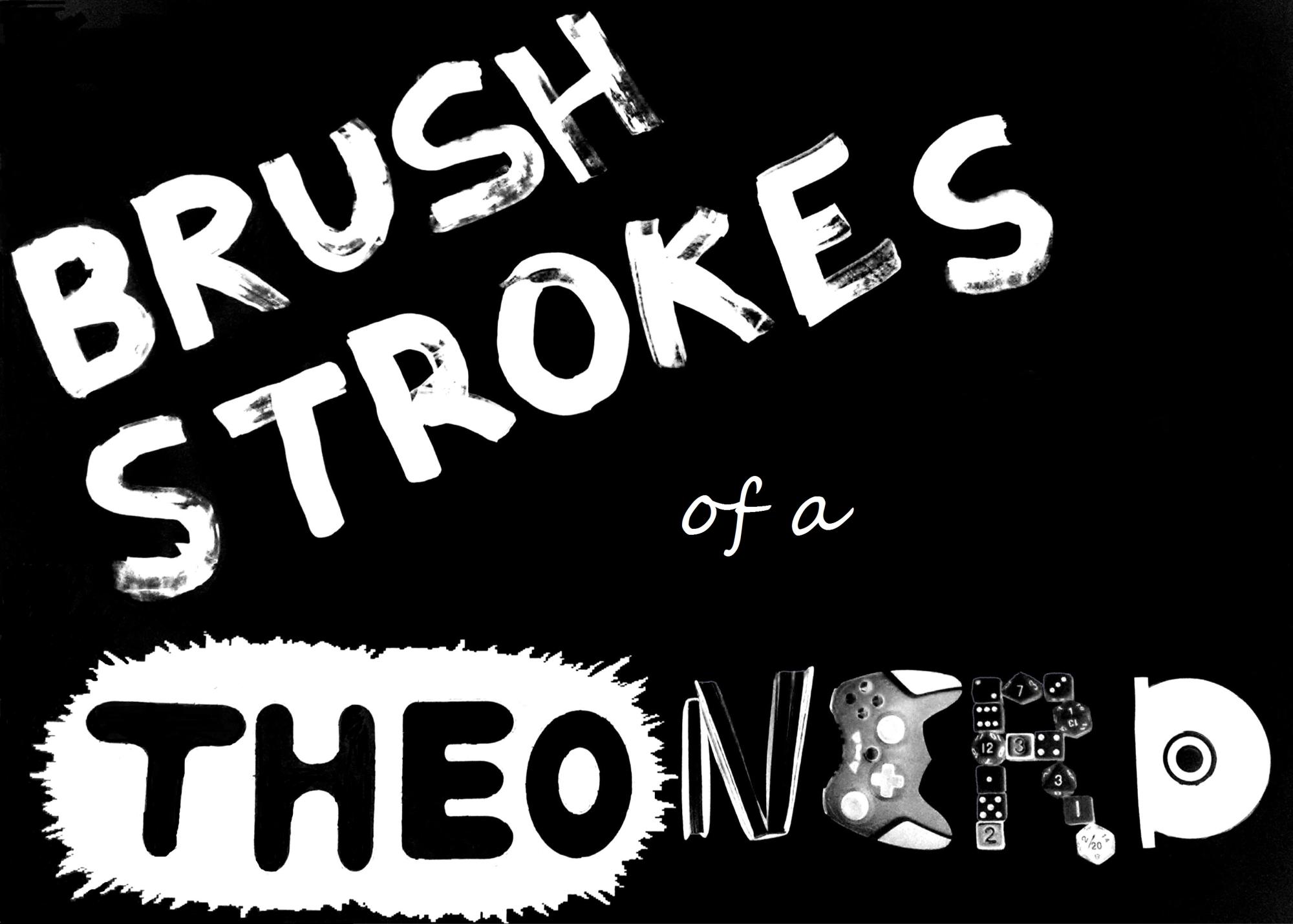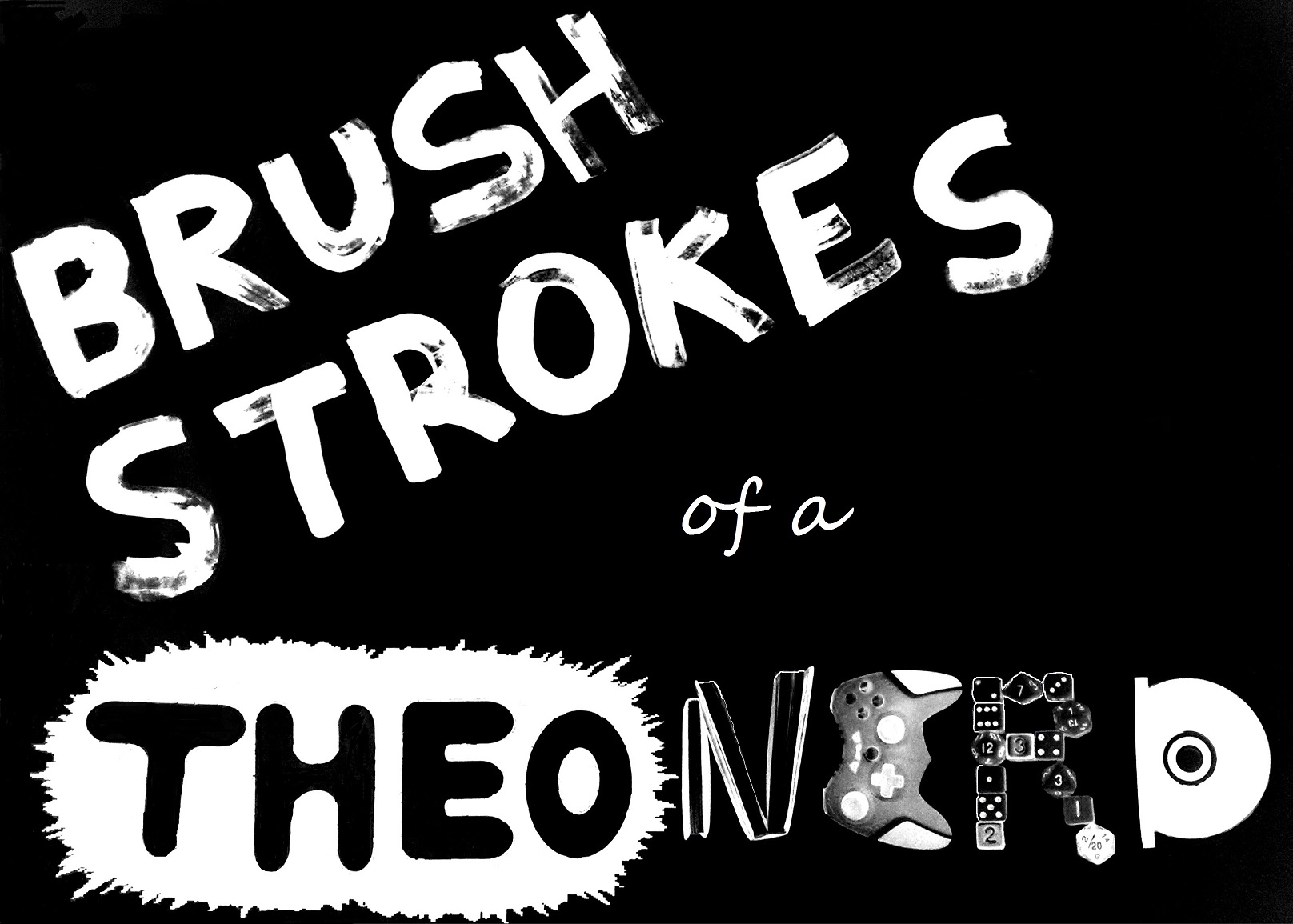
Stillness Vs. Conflict
By Anthony Casperson
1-20-18
Maybe the Sith have a point. In the era of the pre-Disney-ifiction of Star Wars, numerous stories told of the Sith’s disdain toward the Jedi view of peace. The Sith would maintain that the Jedi and their council sit unmoving until some conflict arises, at which point they choose to react, rather than be proactive in their actions. And this age of “peace,” of stillness, leaves the Jedi weak as they stagnate and atrophy, as they rot and decay.
The Sith would then maintain that it’s only through conflict that one can become stronger and more able. This is the reason for “The Rule of Two.” The master to represent power and the apprentice to represent the pursuit of power. Both having to struggle in conflict until finally the apprentice becomes strong enough to overtake the power of the master.
Some people are going to question my point here, but I maintain that the Sith mentality is actually one with which humanity tends to agree. In the study of even basic literature, the student learns that the story finds its place in the conflict. The teacher would explain that there are three types of stories, all of which hinge upon where the main character finds their conflict. These three are: Man vs. Man; Man vs. Nature; and Man vs. Self.
(It’s important to note that the term “Man” is used to more easily describe the “Sentient Being” who stands at one end of the conflict regardless of the species or gender of the sentient being. The person on one side of the conflict could be a Blugommian, an asexual, amorphous purple blob, and the term “Man vs….” still applies in shorthand.)
So, whether the main character is in conflict with another person, with the world around them, or with themselves, the story is defined through conflict. The growth of the character, their story arc, is shown in relationship with the conflict in which the character finds themselves.
Thus, it seems that growth comes through conflict. And without conflict there is no growth (and no reason to tell the story). This understanding of conflict is especially true in a dualistic philosophical approach, which is a basic tenet of the Star Wars stories. This belief is that Good and Evil have always existed and will always exist until the world ends. To have Good you have to have Evil and vice versa.
But to those of us who believe in the Bible and the God spoken of within, the dualistic philosophy doesn’t align with those beliefs. God is good and made everything good. Evil came about because of rebellion against the good. And evil will be put into eternal death as good is found in eternal life. An eternal peace without conflict.
If we believe that growth only comes about through conflict, then are we doomed to an eternity of stagnation and atrophy, of rot and decay. “Peace,” in that sense, means a slow descent to death. But we followers of Jesus are called to eternal life.
Then, what does this mean? What does it mean when humanity has an understanding of reality, but the Bible shows something that contradicts said understanding? It means that we’re seeing something from our upside-down, sinful perspective. Our understanding needs to shift.
We think of “peace” and we think of stillness. We have the same perspective on “peace” as the Jedi. It is stillness that comes from a lack of agitation, like an undisturbed pool of water. And when that pool of water stagnates and gains a film of pond scum, we say, “See! Peace is a lie. It leads only to death.” And it is true that stillness leads to death, but is that what peace really is?
If we instead view peace as a unified pursuit of a specific goal, does this remove the curse of death from peace, while maintaining a lack of conflict? Pursuit, by definition, means motion. If we didn’t move in the same direction as the object we are pursuing, it wouldn’t be called “pursuit,” it would be called “being run away from.”
To pursue, then, means that we are not standing still, we aren’t stagnating, our muscles don’t atrophy. The pursuit helps us to grow. It makes us appreciate the thing we are pursuing all the more because we are stronger for having pursued it.
“But is that not conflict?” some might ask. If there is nothing and no one to stand in the way of our pursuit, there is no conflict. Pursuit doesn’t require conflict. And if we as fellow followers of Jesus pursue godliness in the final fulfillment of the Kingdom of God, then we are able to unite in this common goal of which there is enough for all. We are able to have peace as we pursue godliness together.
And we can see little snippets of the fulfillment of our peace in this life as we pursue godliness together. Sure, we still have an enemy who puts himself in conflict with us, but our unification in pursuing godliness can still give glimpse of the peace that is to come.
Peace doesn’t mean that we get to sit around and wait for God to work in us, it’s a pursuit of what he wants to give us. Stillness leads to stagnation and atrophy. The Sith have a point, but they swing the pendulum too far by saying that conflict is the answer.
The answer is to understand the peace of God even as we pursue it.
By Anthony Casperson
1-20-18
Maybe the Sith have a point. In the era of the pre-Disney-ifiction of Star Wars, numerous stories told of the Sith’s disdain toward the Jedi view of peace. The Sith would maintain that the Jedi and their council sit unmoving until some conflict arises, at which point they choose to react, rather than be proactive in their actions. And this age of “peace,” of stillness, leaves the Jedi weak as they stagnate and atrophy, as they rot and decay.
The Sith would then maintain that it’s only through conflict that one can become stronger and more able. This is the reason for “The Rule of Two.” The master to represent power and the apprentice to represent the pursuit of power. Both having to struggle in conflict until finally the apprentice becomes strong enough to overtake the power of the master.
Some people are going to question my point here, but I maintain that the Sith mentality is actually one with which humanity tends to agree. In the study of even basic literature, the student learns that the story finds its place in the conflict. The teacher would explain that there are three types of stories, all of which hinge upon where the main character finds their conflict. These three are: Man vs. Man; Man vs. Nature; and Man vs. Self.
(It’s important to note that the term “Man” is used to more easily describe the “Sentient Being” who stands at one end of the conflict regardless of the species or gender of the sentient being. The person on one side of the conflict could be a Blugommian, an asexual, amorphous purple blob, and the term “Man vs….” still applies in shorthand.)
So, whether the main character is in conflict with another person, with the world around them, or with themselves, the story is defined through conflict. The growth of the character, their story arc, is shown in relationship with the conflict in which the character finds themselves.
Thus, it seems that growth comes through conflict. And without conflict there is no growth (and no reason to tell the story). This understanding of conflict is especially true in a dualistic philosophical approach, which is a basic tenet of the Star Wars stories. This belief is that Good and Evil have always existed and will always exist until the world ends. To have Good you have to have Evil and vice versa.
But to those of us who believe in the Bible and the God spoken of within, the dualistic philosophy doesn’t align with those beliefs. God is good and made everything good. Evil came about because of rebellion against the good. And evil will be put into eternal death as good is found in eternal life. An eternal peace without conflict.
If we believe that growth only comes about through conflict, then are we doomed to an eternity of stagnation and atrophy, of rot and decay. “Peace,” in that sense, means a slow descent to death. But we followers of Jesus are called to eternal life.
Then, what does this mean? What does it mean when humanity has an understanding of reality, but the Bible shows something that contradicts said understanding? It means that we’re seeing something from our upside-down, sinful perspective. Our understanding needs to shift.
We think of “peace” and we think of stillness. We have the same perspective on “peace” as the Jedi. It is stillness that comes from a lack of agitation, like an undisturbed pool of water. And when that pool of water stagnates and gains a film of pond scum, we say, “See! Peace is a lie. It leads only to death.” And it is true that stillness leads to death, but is that what peace really is?
If we instead view peace as a unified pursuit of a specific goal, does this remove the curse of death from peace, while maintaining a lack of conflict? Pursuit, by definition, means motion. If we didn’t move in the same direction as the object we are pursuing, it wouldn’t be called “pursuit,” it would be called “being run away from.”
To pursue, then, means that we are not standing still, we aren’t stagnating, our muscles don’t atrophy. The pursuit helps us to grow. It makes us appreciate the thing we are pursuing all the more because we are stronger for having pursued it.
“But is that not conflict?” some might ask. If there is nothing and no one to stand in the way of our pursuit, there is no conflict. Pursuit doesn’t require conflict. And if we as fellow followers of Jesus pursue godliness in the final fulfillment of the Kingdom of God, then we are able to unite in this common goal of which there is enough for all. We are able to have peace as we pursue godliness together.
And we can see little snippets of the fulfillment of our peace in this life as we pursue godliness together. Sure, we still have an enemy who puts himself in conflict with us, but our unification in pursuing godliness can still give glimpse of the peace that is to come.
Peace doesn’t mean that we get to sit around and wait for God to work in us, it’s a pursuit of what he wants to give us. Stillness leads to stagnation and atrophy. The Sith have a point, but they swing the pendulum too far by saying that conflict is the answer.
The answer is to understand the peace of God even as we pursue it.




